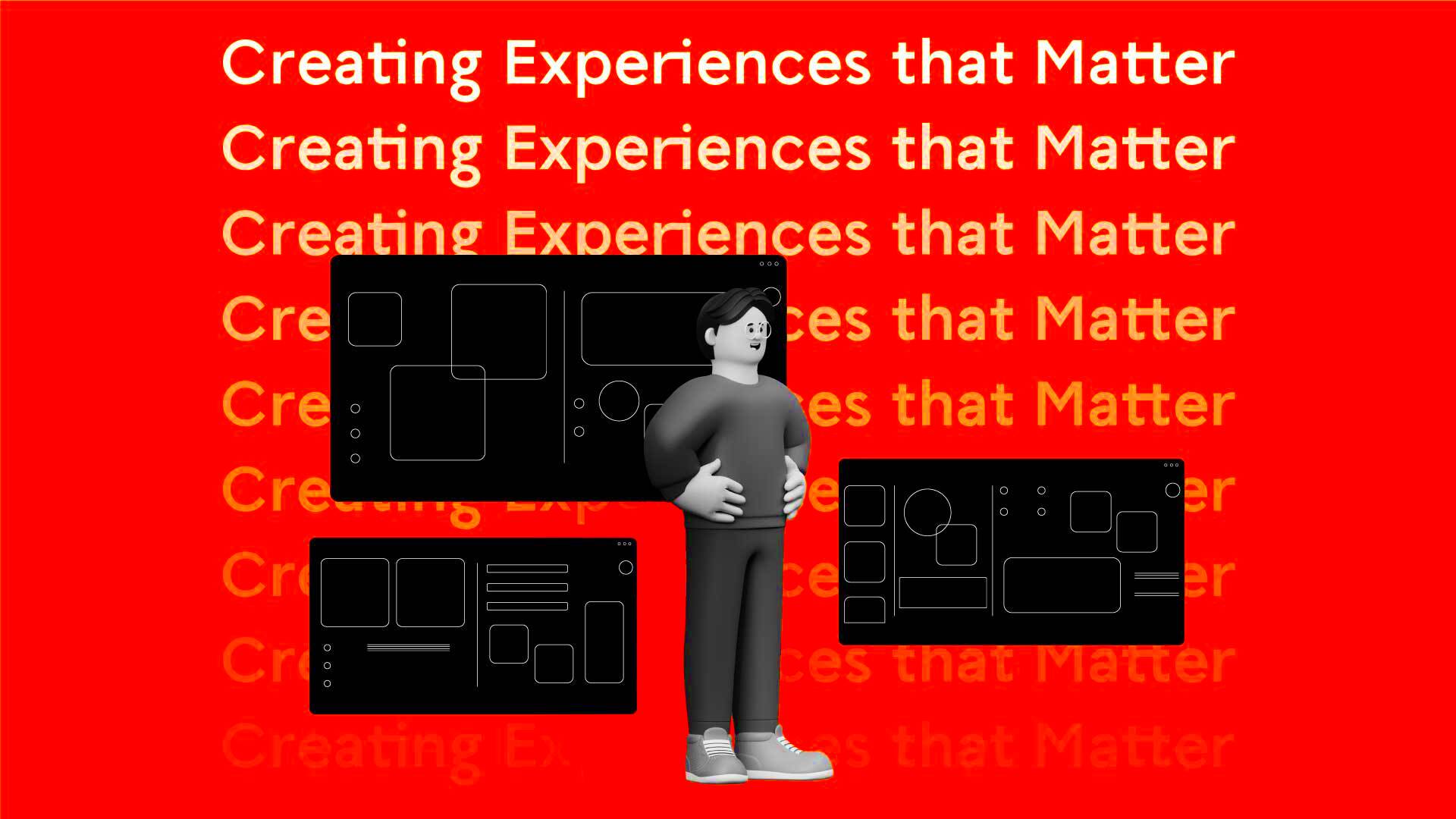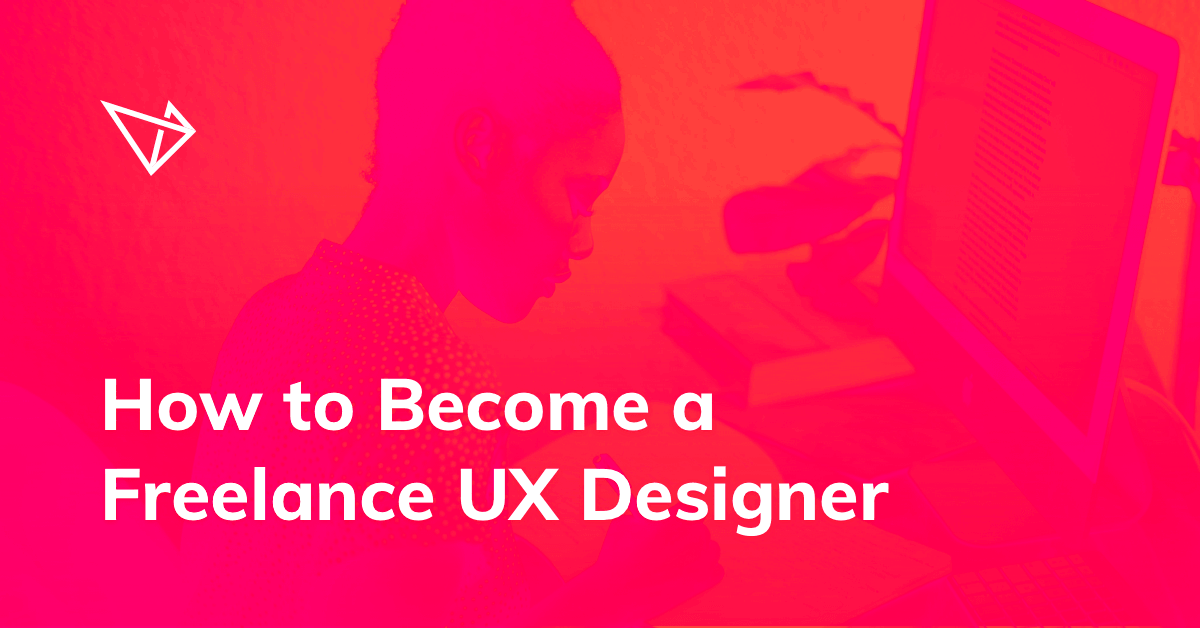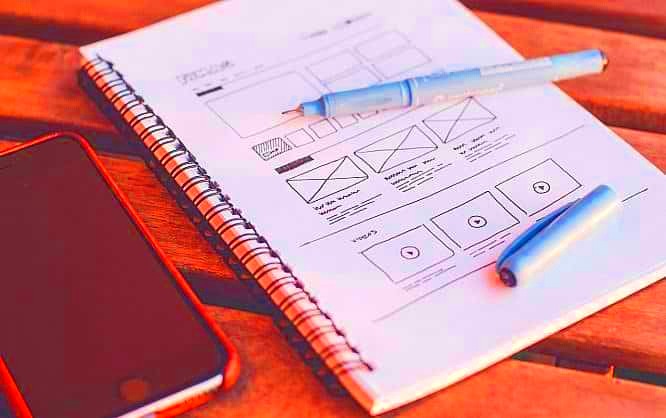What does this entail? UX design revolves around ensuring that users have smooth experiences whenever they engage with a product or service. Put simply, it is about addressing how a product feels to its user; hence improving his or her experience is what UX designers do. This entails comprehending user behavior, carrying out investigations and configuring interfaces that are not only usable but delightful as well.
As part of this position, you can be involved with different assignments: it can be websites or mobile applications or even software programs. The key aim for you is making sure that users would swiftly and conveniently locate what they are searching for. It calls for both creative imagination as well as logic. Furthermore, there will be instances when you will serve alongside other professionals like developers or graphic artists so as to confirm that user needs would have been fulfilled in the product.
Essential Skills Needed for UX Design

In order to master UX design, you need to develop a number of essential skills:
- User Research: Understanding your audience is crucial. Learn how to conduct interviews and surveys to gather insights.
- Wireframing and Prototyping: Use tools like Sketch or Figma to create wireframes and prototypes that outline your design concepts.
- Interaction Design: Focus on how users interact with your design. Create intuitive and easy navigation pathways.
- Visual Design: While not the primary focus, having an eye for aesthetics can greatly enhance your designs.
- Usability Testing: After your design is complete, testing it with real users helps you identify areas for improvement.
Acquiring these abilities will not only enhance your design skills but also bring more opportunities in your freelancing profession.
Also Read This: How to Contact Someone on Fiverr
Building a Strong Portfolio as a UX Designer

As a freelance UX designer, your portfolio serves as your primary promotional vehicle. It highlights what you can do, how original you are and your skill in dealing with issues. Your portfolio should contain the following to make it effective:
- Choose Quality Over Quantity: Include only your best work. It's better to have a few strong projects than many average ones.
- Showcase the Process: Clients want to see how you think. Include case studies that detail your design process from research to final design.
- Highlight Results: Whenever possible, share metrics that demonstrate the success of your designs, like increased user engagement or conversion rates.
- Keep It Updated: Regularly update your portfolio with new projects and remove older work that no longer represents your best abilities.
- Get Feedback: Don’t hesitate to ask peers for feedback on your portfolio. They may offer valuable insights that can enhance its effectiveness.
Always keep in your mind that a good portfolio will do more than just catch the attention of clients; it shows how much you believe in UX design and that you like it so much.
Also Read This: How Much Money Does Fiverr Make a Year?
Finding Freelance Opportunities in UX Design

If you’re a freelance UX designer, starting out can be intimidating when it comes to getting the right jobs. Nonetheless, numerous channels exist for you to acquire exciting projects. The most important thing is to go out and make a mark in different platforms thus boosting your chances of getting jobs. Here are some useful approaches for beating the odds and finding freelance gigs:
- Online Freelance Platforms: Websites like Fiverr, Upwork, and Freelancer are great places to start. Create a compelling profile and showcase your portfolio to attract potential clients.
- Networking Events: Attend industry meetups, workshops, and conferences. Meeting people face-to-face can open doors to job opportunities and collaborations.
- Social Media: Utilize platforms like LinkedIn and Twitter to share your work, connect with industry professionals, and stay updated on job postings.
- Referrals: Don’t underestimate the power of word-of-mouth. Let your friends and family know you’re freelancing. Often, they can connect you with potential clients.
- Cold Outreach: Identify companies you’d like to work with and reach out to them directly. A well-crafted email showcasing your skills and portfolio can make a strong impression.
It is important to be persistent, as success comes to those who never give up. There are various ways to do this depending on what you are looking for, thus it will increase your chances of getting an ideal freelance job when you use different methods.
Also Read This: How to Create a Fiverr Account: A Step-by-Step Guide
Setting Your Rates and Managing Finances

Starting freelance career for a UX designer can be a little complex since one needs to come up with their own rate. In order to stay relevant in the marketplace, fair pay should be given for the skills possessed by the freelancer. Below are some strategies that could guide you in establishing your own fees and maintain your budget.
- Research Market Rates: Look into what other UX designers in your area are charging. Websites like Glassdoor and PayScale can provide valuable insights.
- Consider Your Experience: If you’re just starting, you might need to set lower rates to attract clients. As you gain experience and build your portfolio, gradually increase your fees.
- Decide on Pricing Structure: You can charge per hour, per project, or on a retainer basis. Choose the method that works best for you and your clients.
- Track Your Expenses: Keep a close eye on your income and expenses. Use accounting software like QuickBooks or simple spreadsheets to manage your finances effectively.
- Set Aside Money for Taxes: Don’t forget to set aside a portion of your income for taxes. Freelancers are responsible for their tax payments, so plan ahead.
The path to a thriving freelance job is determined by fixing clear charges and being careful with your money.
Also Read This: Is Upwork Better Than Fiverr for Freelancers?
Networking and Building Relationships in the Industry
Freelancers must concern themselves a great deal with networking and as for UX designers, relationships play an important role in establishing one’s career. Connections open doors to job opportunities and provide chances to learn from other professionals within the industry. Below are some methods of effectively creating networks:
- Join Professional Associations: Organizations like the Interaction Design Association (IxDA) provide excellent networking opportunities, resources, and events.
- Attend Workshops and Conferences: Participate in industry events where you can meet fellow designers, potential clients, and thought leaders.
- Engage Online: Participate in forums and groups on platforms like LinkedIn and Facebook. Sharing insights and contributing to discussions can help you build credibility.
- Follow Up: After meeting someone new, send a follow-up email. It’s a simple gesture that can help solidify the connection and keep you in their mind.
- Offer Help: Building relationships is a two-way street. Be willing to offer assistance or share your expertise. This can lead to a mutually beneficial connection.
Networking is an essential aspect of life that involves creating a system of care for one another. Additionally, the links you create are critical in searching for jobs as well as enhancing your capabilities and perceptions in regards to the industry.
Also Read This: What is a Fiverr Gig?
Staying Updated with UX Design Trends
As a freelancer, it is imperative that you remain up to date with the changes in UX design trends in order to differentiate yourself from others. In the ever-changing realm of UX design, any freelancer worth their salt must keep abreast of the latest happenings. This is particularly important given that every day there are new instruments, techniques and tastes by users; hence it is important to polish your competencies regularly as well as renew what you know. Here are some helpful ways through which one can stay updated:
- Follow Industry Leaders: Keep an eye on blogs, social media accounts, and podcasts from established UX designers. They often share insights and trends that can inspire your work.
- Attend Webinars and Workshops: Online events are a great way to learn from experts. Many organizations host free or low-cost sessions that cover the latest trends and techniques.
- Read UX Design Books: There are many fantastic books on UX design that explore emerging trends and concepts. Check out titles like "Don't Make Me Think" by Steve Krug for timeless principles.
- Join Online Communities: Platforms like Dribbble, Behance, and UX Design forums are great for connecting with other designers and sharing knowledge. Participate in discussions to learn from your peers.
- Experiment with New Tools: Don’t hesitate to try out the latest design tools and software. Familiarizing yourself with new technologies can enhance your skills and improve your workflow.
Not only do you improve your designs by staying up to date, but it also proves to clients that you are an expert in the field and can adjust with changing times.
Also Read This: How to Bid on Gigs on Fiverr
Common Challenges Faced by Freelance UX Designers
The freelance UX design world can be very enriching, yet it has its own share of hurdles. By understanding these realities, one is likely to conquer them more successfully. Below are some of the challenges you may encounter:
- Inconsistent Income: Freelancing often means fluctuating income. Some months you might be booked solid, while others could be slow. Planning your finances ahead of time is crucial.
- Client Communication: Not every client will understand the design process. Clear communication about expectations, timelines, and deliverables can help avoid misunderstandings.
- Time Management: As a freelancer, you’ll need to juggle multiple projects and deadlines. Learning effective time management techniques can help you stay organized and productive.
- Isolation: Working alone can sometimes lead to feelings of isolation. Make an effort to connect with peers or join coworking spaces to foster a sense of community.
- Keeping Skills Current: As mentioned earlier, the design field is always evolving. Finding time for professional development while managing client work can be challenging.
In every difficult condition, it is indeed possible for one to develop ways of solving them hence helping such people have successful careers as freelancers in users experience designs.
Also Read This: How to View Suggestions in Fiverr
FAQ
The following are some commonly asked questions regarding starting and working as a freelance UX designer:
- What tools do I need as a freelance UX designer? Common tools include wireframing software like Sketch or Figma, prototyping tools such as InVision, and usability testing platforms like UserTesting.
- How can I build my client base? Networking, creating a strong portfolio, and leveraging online platforms like Upwork or Fiverr are effective ways to find clients.
- Should I specialize in a particular area of UX design? Specializing can help you stand out in a competitive market, but having a broad skill set can also be beneficial.
- How do I handle difficult clients? Clear communication is key. Set expectations upfront and address any issues promptly to maintain a positive working relationship.
- What’s the best way to price my services? Research market rates, consider your experience, and decide if you want to charge hourly or per project to find a pricing strategy that works for you.
If you’ve got extra questions or need advice, don’t hesitate to ask your design partners or reach out to this profession’s members!
Conclusion
A career in freelance UX design can be an exhilarating adventure that comes along with it being very rewarding. For you to be successful, you need to have a clear understanding on what it means to be a UX designer and work on your skills. To find freelance jobs, one must take an active approach by using different platforms and building networks in order for them to get clients. In order for someone to survive as a freelancer, they must set their rates average and know how to manage their finances well. Keeping abreast of the latest trends in the industry as well as understanding some of the common challenges faced will help you adjust and flourish in this rapidly changing world. It is important to remember that creating connections within this field is vital as it promotes teamwork and empathy. As long as there is a commitment towards it as well as enthusiasm, anyone can create themselves an impressive career working freelance UX designers which satisfies not only personal ambitions but also provides enjoyment while working making it good both for him or her and also people working under him or her.




